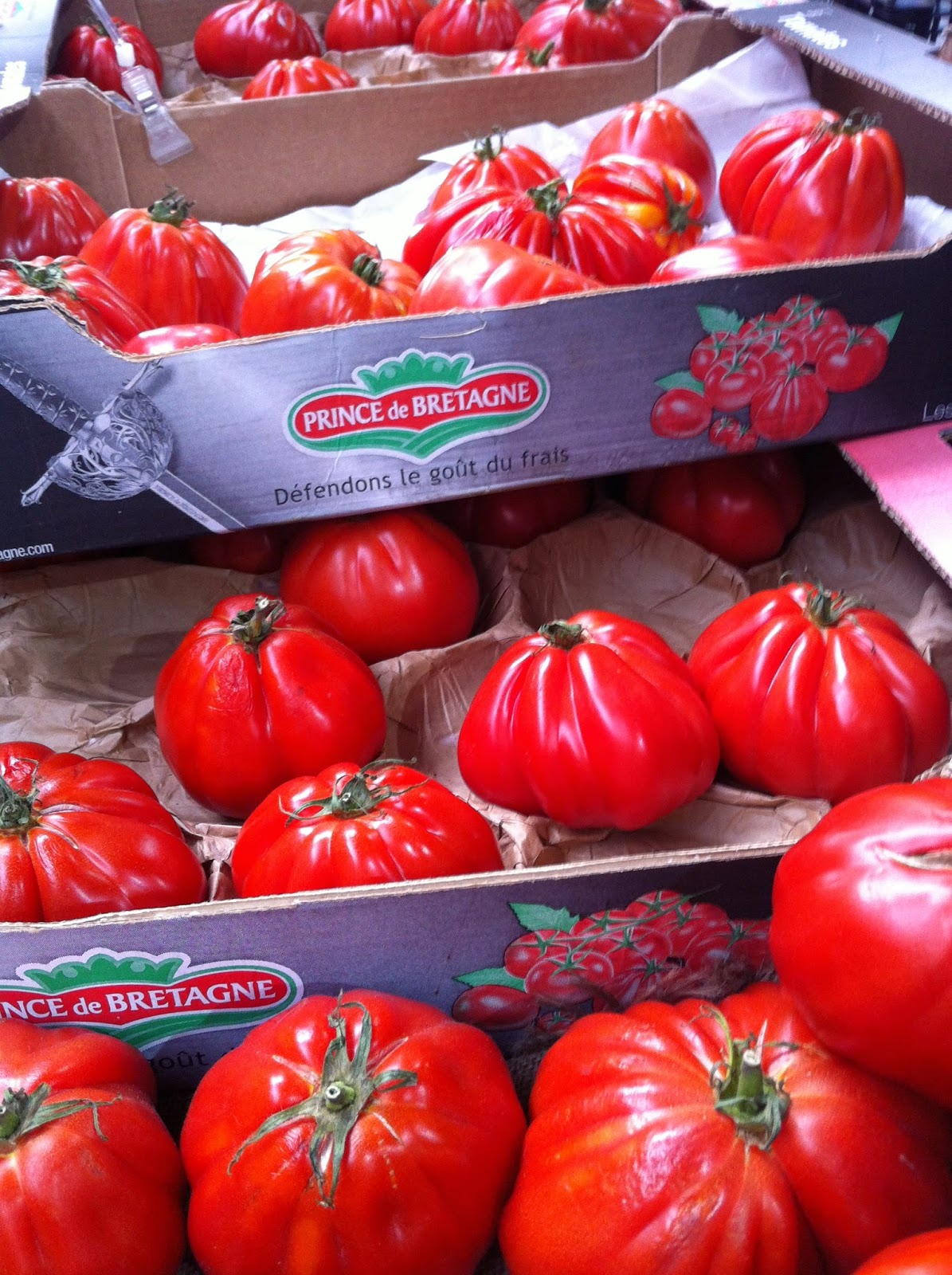It’s the height of “love apple” season, but tomatoes haven't always been looked upon with favour.
While we might not agree on the spelling, apparently we do all agree that tomatoes originated in the Andes in South America, in what is now Peru, Bolivia, Chile and Ecuador. They were cultivated by the Aztec's and the Incas as early as 700AD. The Aztec name for them as “tomatl” – so it's not exactly a quantum leap to “tomato” is it. Tomatoes first arrived in Europe in the 16th century, most likely in some Spanish Conquistador’s carry on hand luggage. Funnily enough the first tomatoes cultivated in Europe were yellow and hence how they got their name “golden apple”. They were also known as "peruvian apples", and by the scholarly Latin types as Lycopersicon, or “wolf peach” to the rest of us every day Elizabethans at the time.
While we might not agree on the spelling, apparently we do all agree that tomatoes originated in the Andes in South America, in what is now Peru, Bolivia, Chile and Ecuador. They were cultivated by the Aztec's and the Incas as early as 700AD. The Aztec name for them as “tomatl” – so it's not exactly a quantum leap to “tomato” is it. Tomatoes first arrived in Europe in the 16th century, most likely in some Spanish Conquistador’s carry on hand luggage. Funnily enough the first tomatoes cultivated in Europe were yellow and hence how they got their name “golden apple”. They were also known as "peruvian apples", and by the scholarly Latin types as Lycopersicon, or “wolf peach” to the rest of us every day Elizabethans at the time.
Red tomatoes came along pretty quickly and the
Elizabethans being a suspicious lot thought that the bright red colour was a
clear case of “danger Will Robinson danger” and that they were poisonous. Eventually it became widely accepted
that they were perfectly safe and good to eat, and by the very late 16th
century there were tomato growers in the UK. It took the industrious Victorians
to turn their attention to tomatoes and production of many different varieties began on a commercial
scale once they had built the first glasshouses in Kent and Essex (they had to
sort out large scale production of glass sheets first of course … there’s
always something isn’t there …). By this
time the French had decided that the humble tomato had aphrodisiac properties
and duly named them, with a huge flourish and a party with champagne (that was
the real aphrodisiac) “pommes d'amour” or “love apples”.
But Ted, I hear you say, they are actually members of the nightshade family after all, like that delightfully named, but deadly nightshade, Belladonna, so just to be on the safe side we probably should not eat too many of them should we? Nah you’re perfectly safe, just don’t gnaw on the leaves or the stalks though as they do contain tomatine and it’s a toxic glycoalkaloid (I have no idea what that is but it sounds scary doesn't it). Nowadays of course tomatoes are the most widely grown and well-travelled 'vegetable' (being really a fruit) in the world. Why tomato seedlings have even been grown in space!!!




5 comments:
Well I never!
You learn something every day, well done Ted!
really good read that!
A very colourful fruit and very photogenic. I grow them but never eat them. I leave that to the wife children and grandchildren.
I do love a good tomato which is hard to find here in the desert. The one's in your photos look scrumptious but, looks can be deceiving, can't they?
This post was such a pleasure to read. It made me smile and chuckle.
Looks like you've got a spammer.
I didn't know they started out on this side of the Pond.
Ted, much as I do love The Doll, I also look forward to Sundays and reading your eloquent explanations of whatever it is you choose to explain. (But you skipped over caprese and Capri.)
Post a Comment